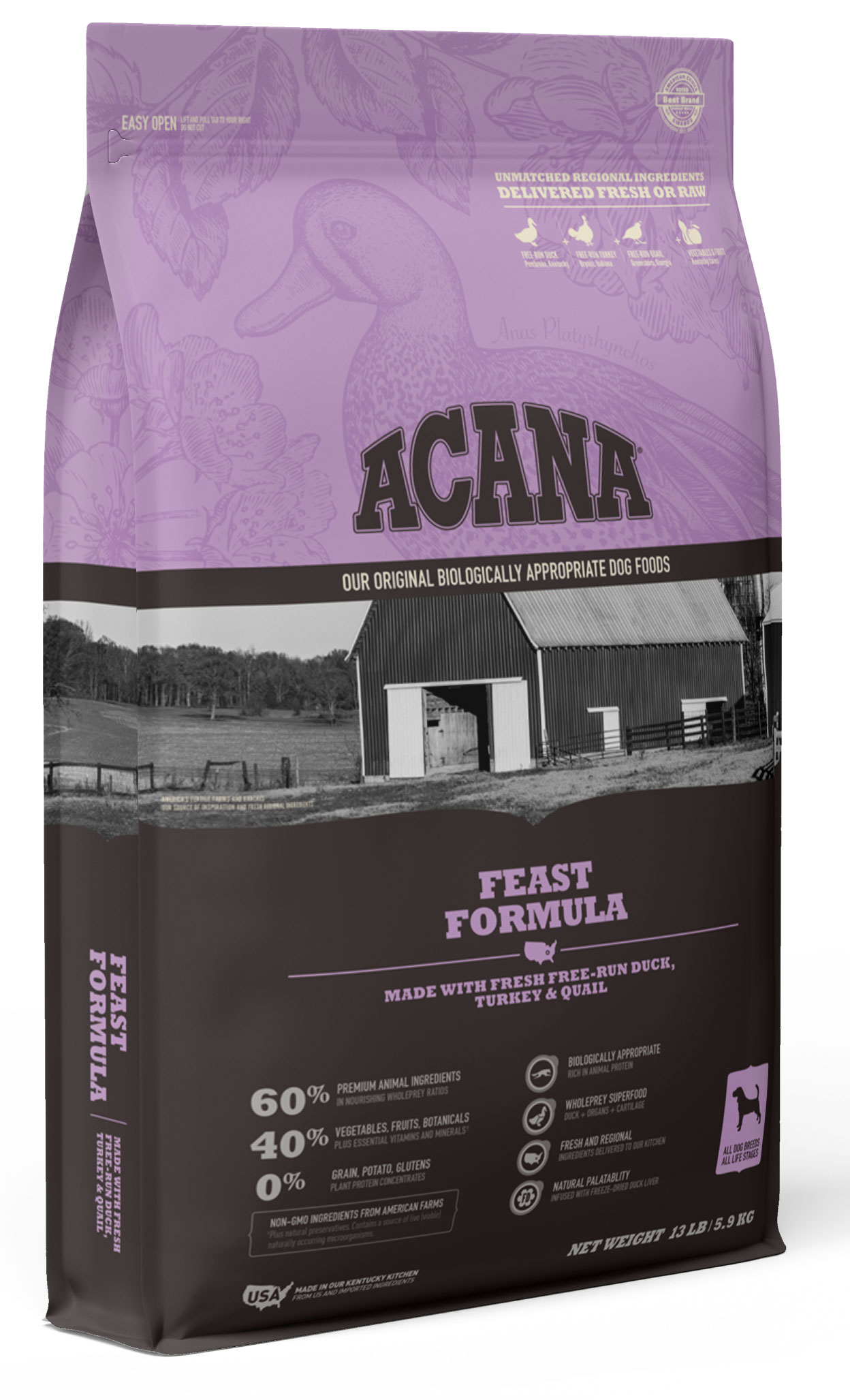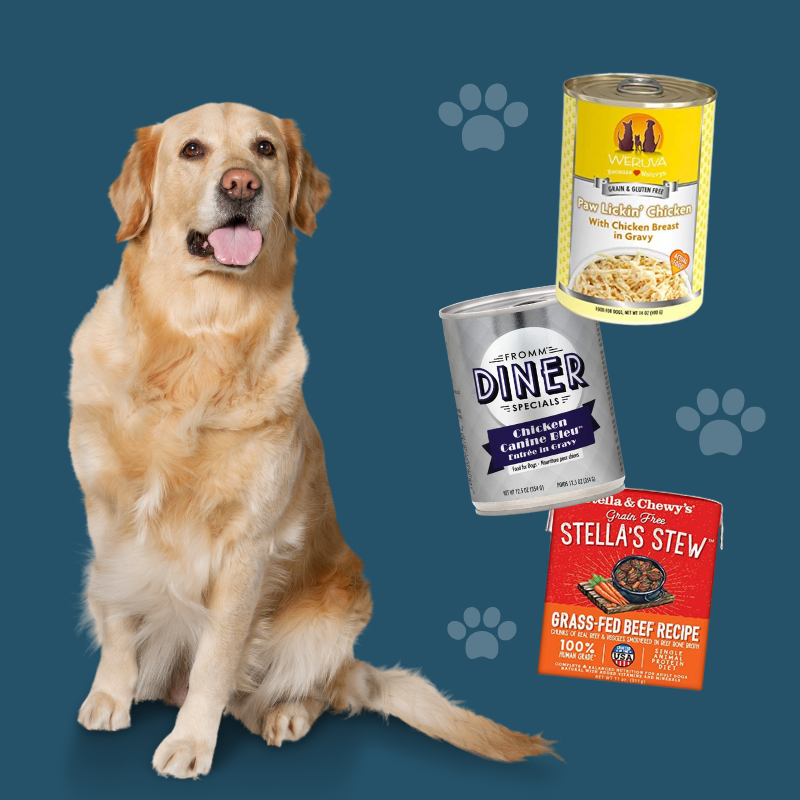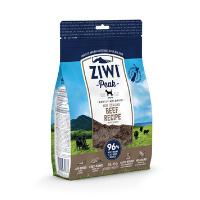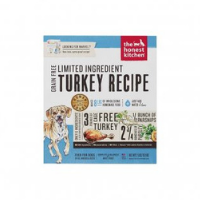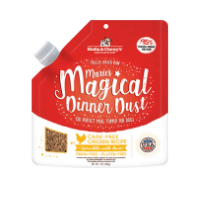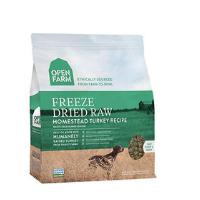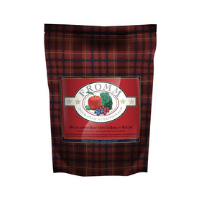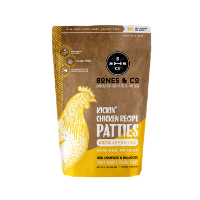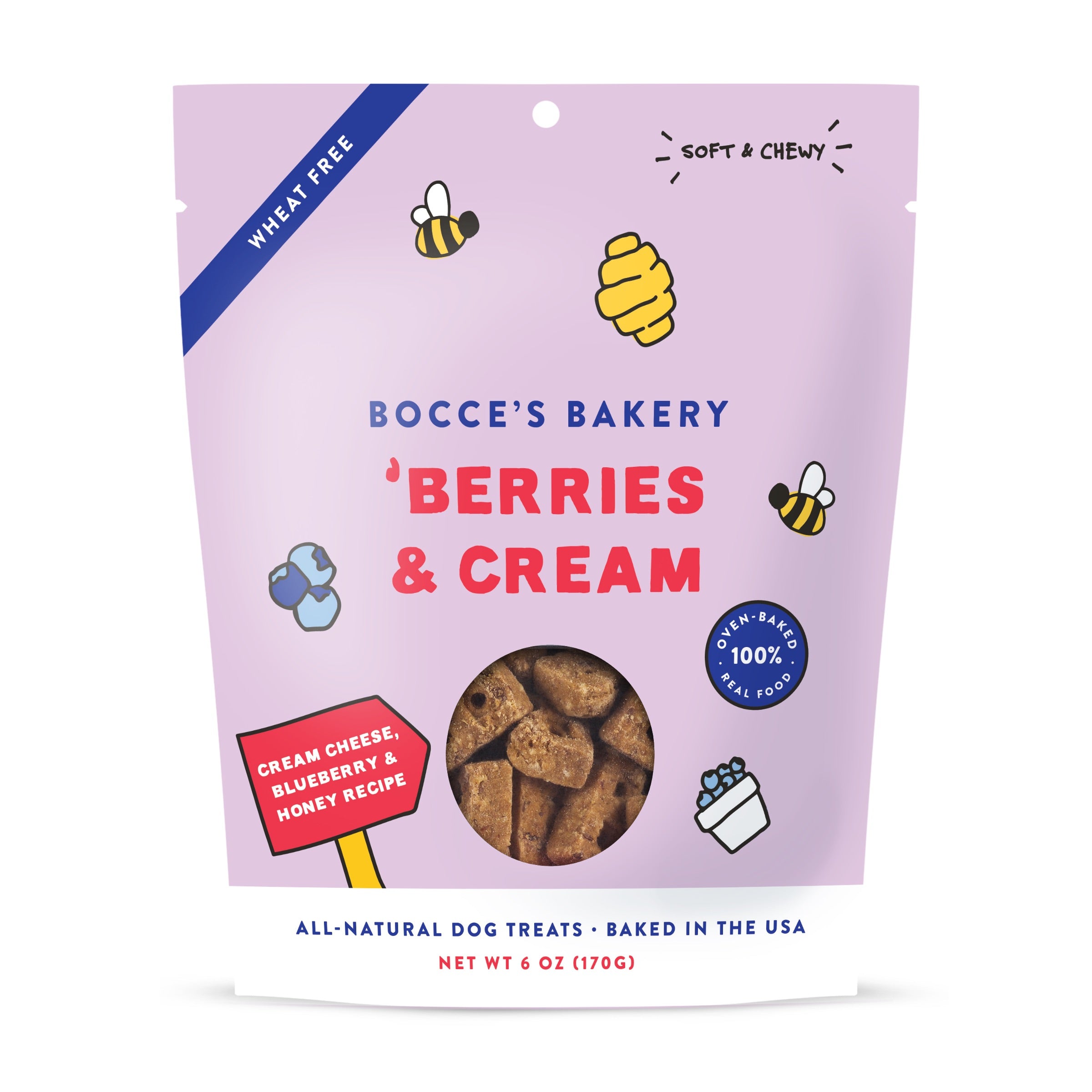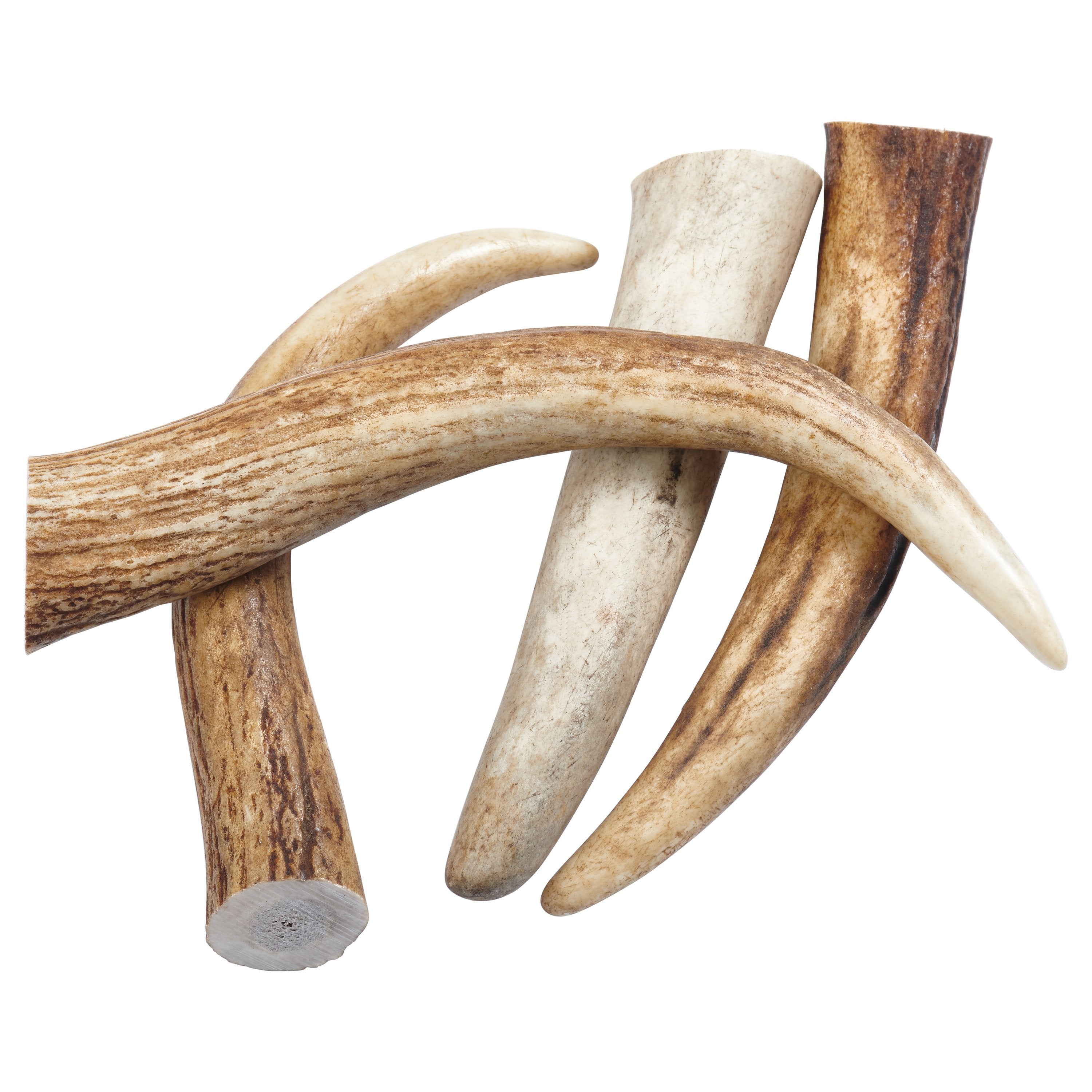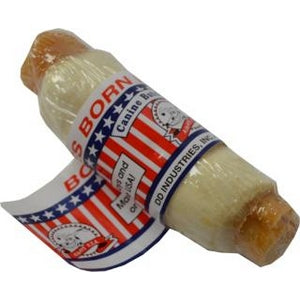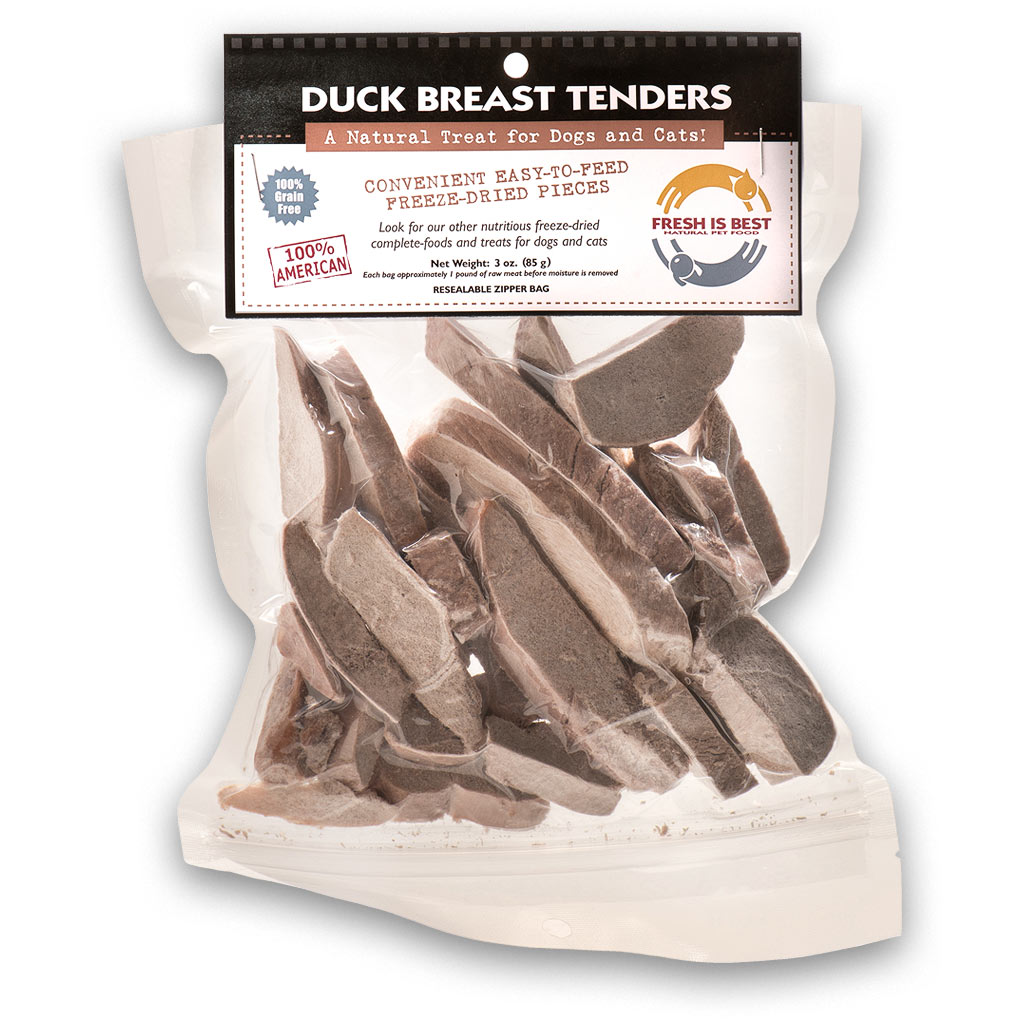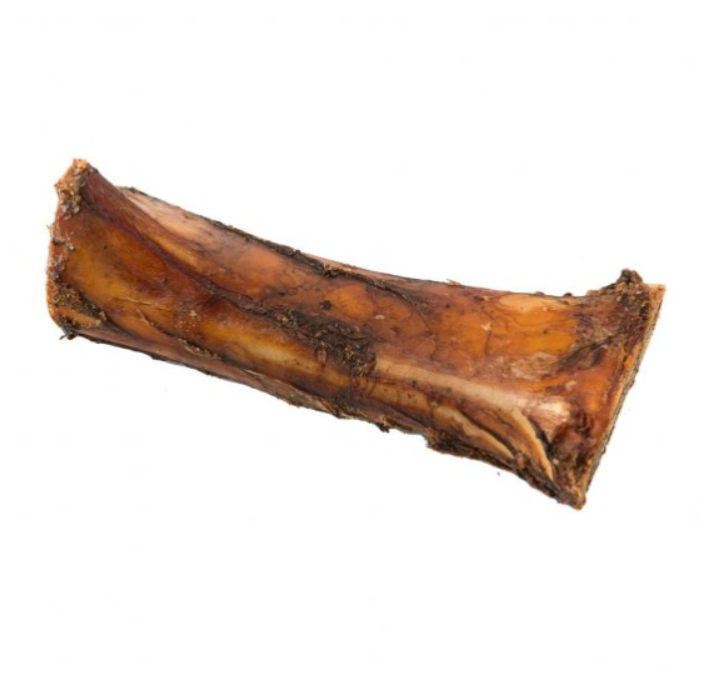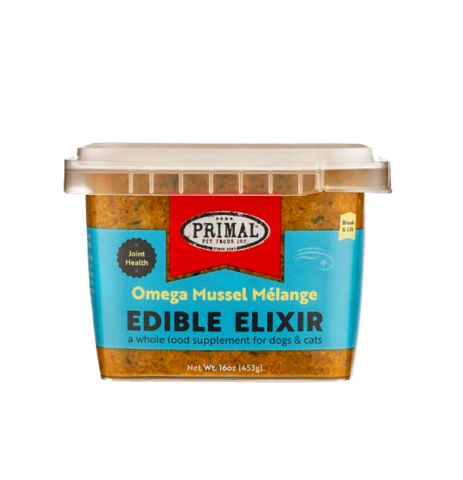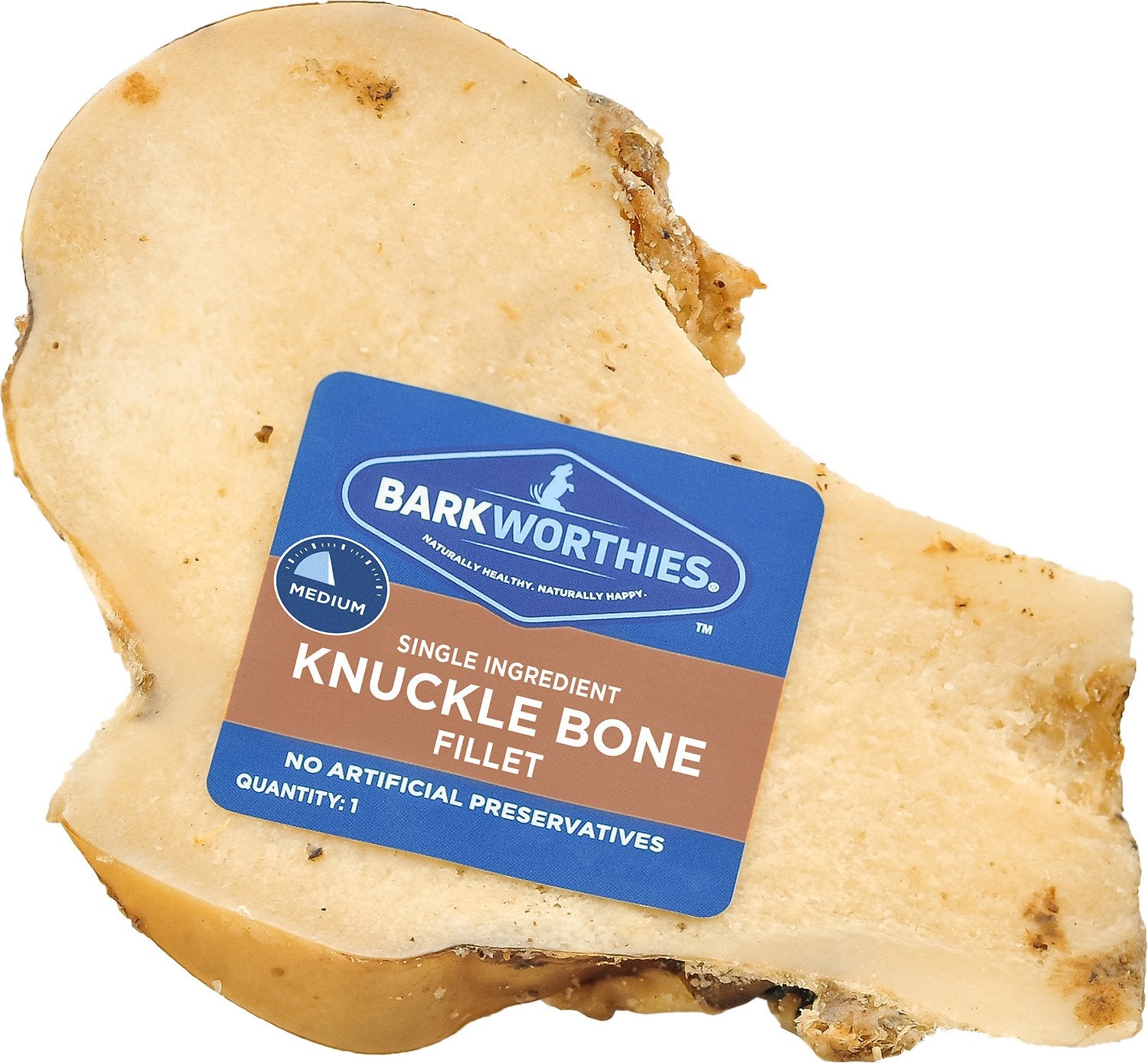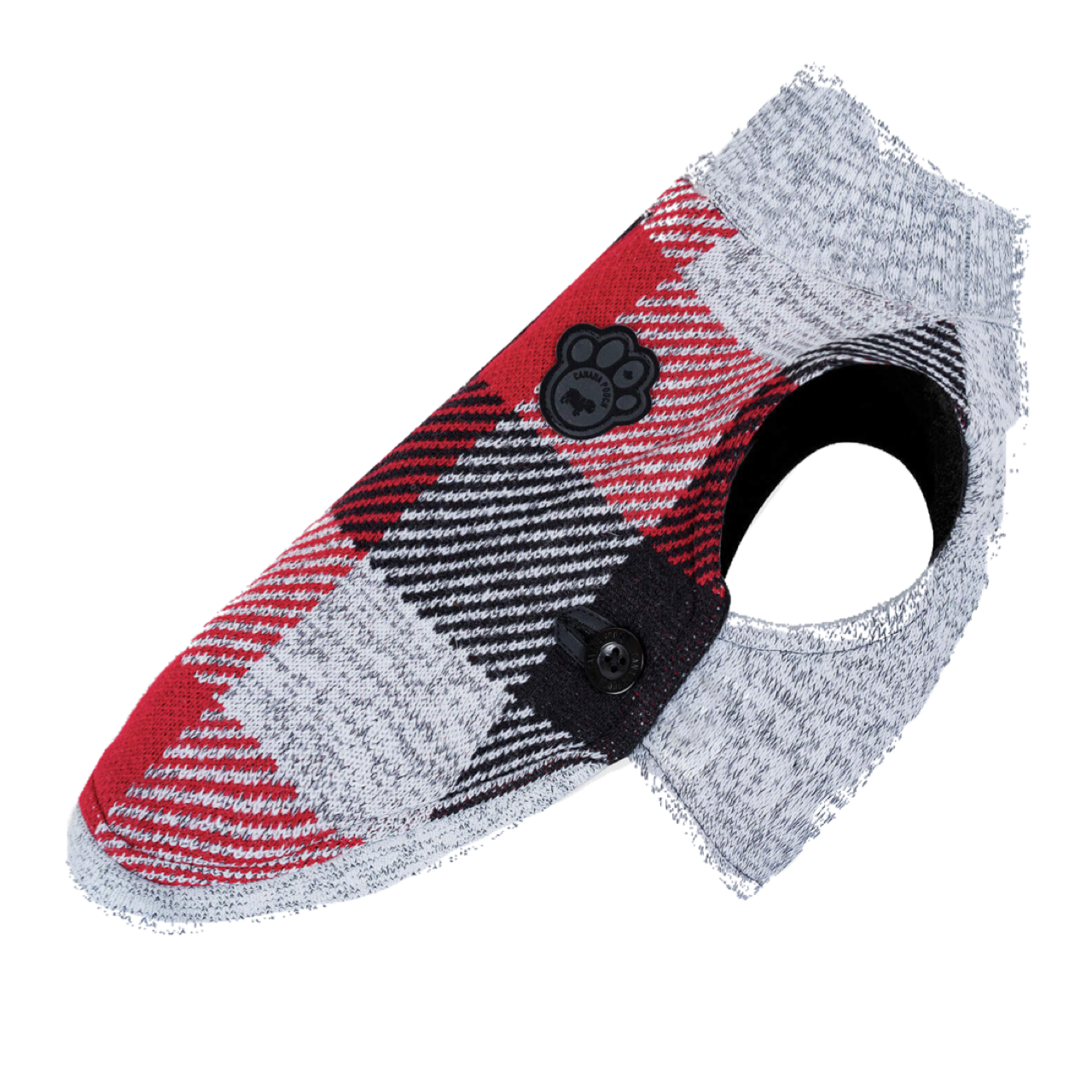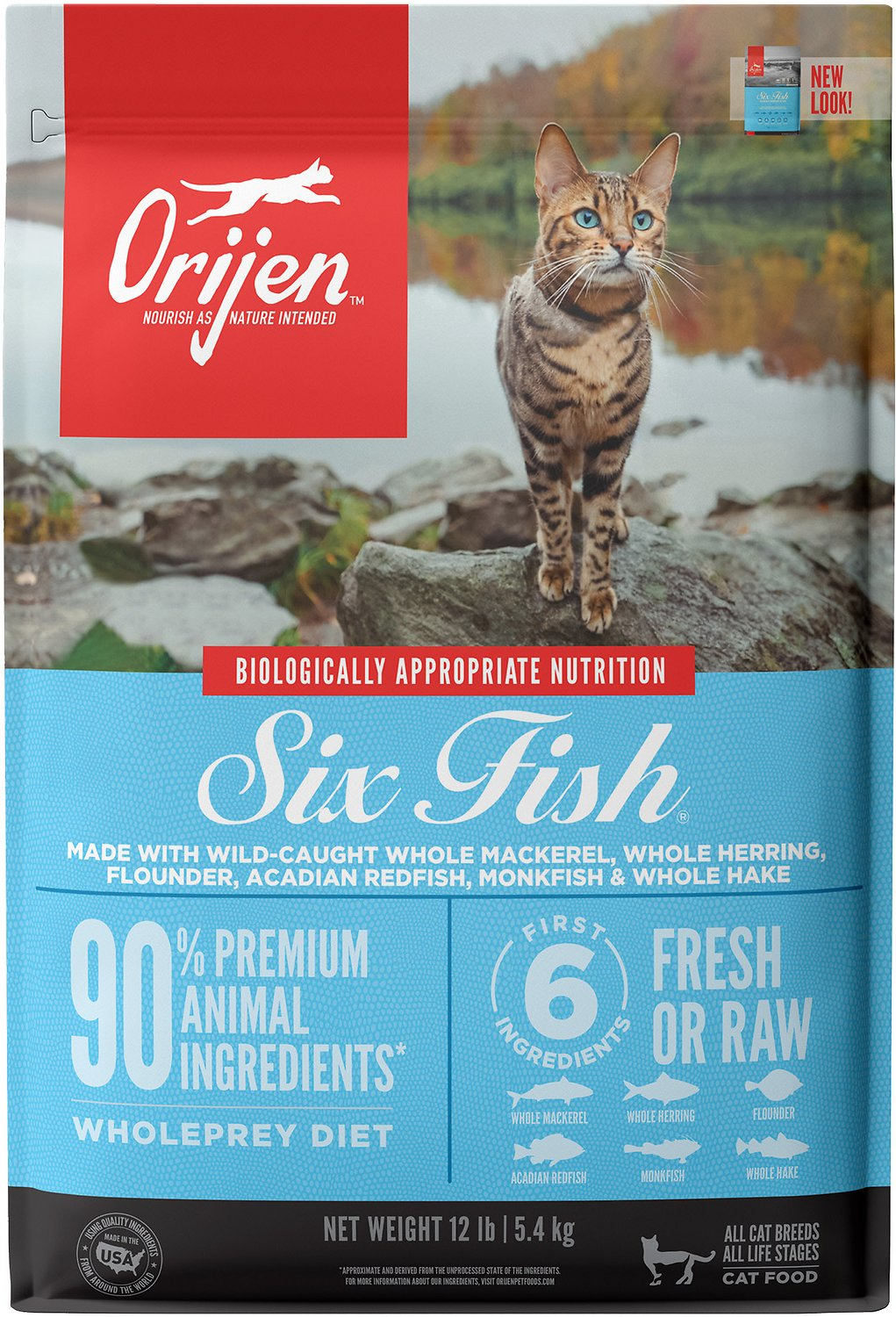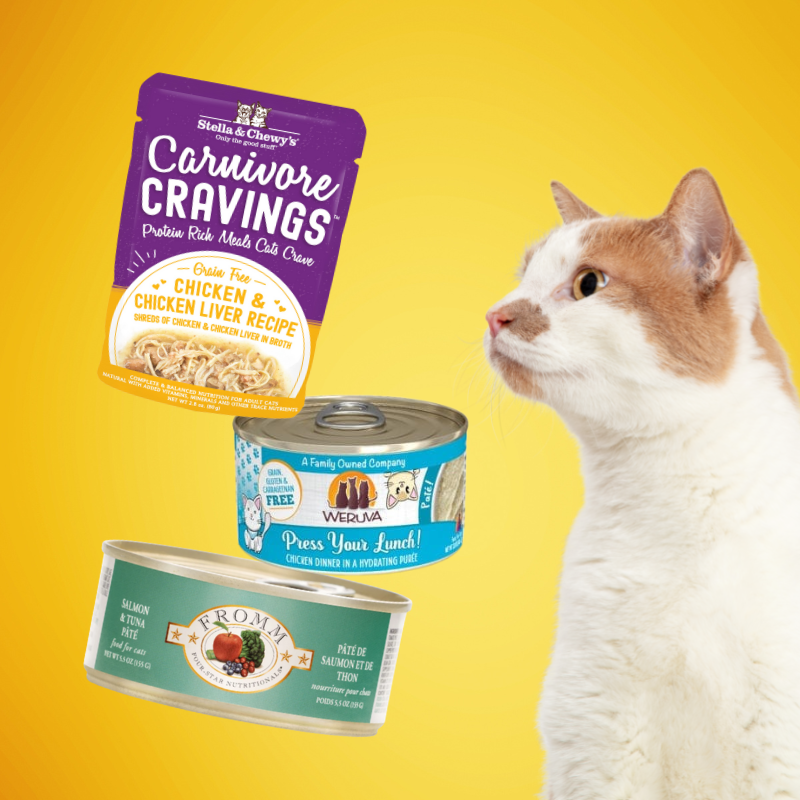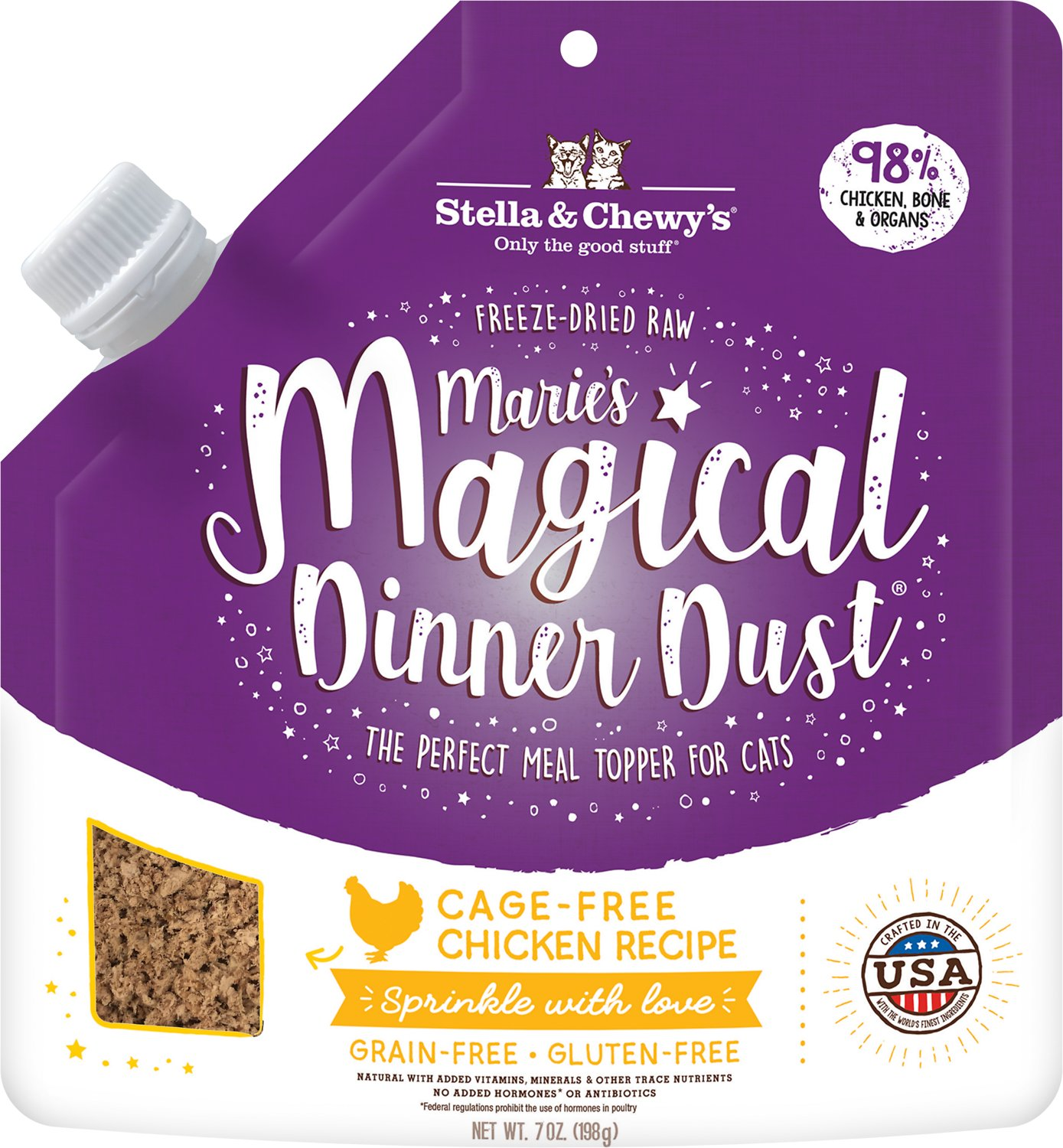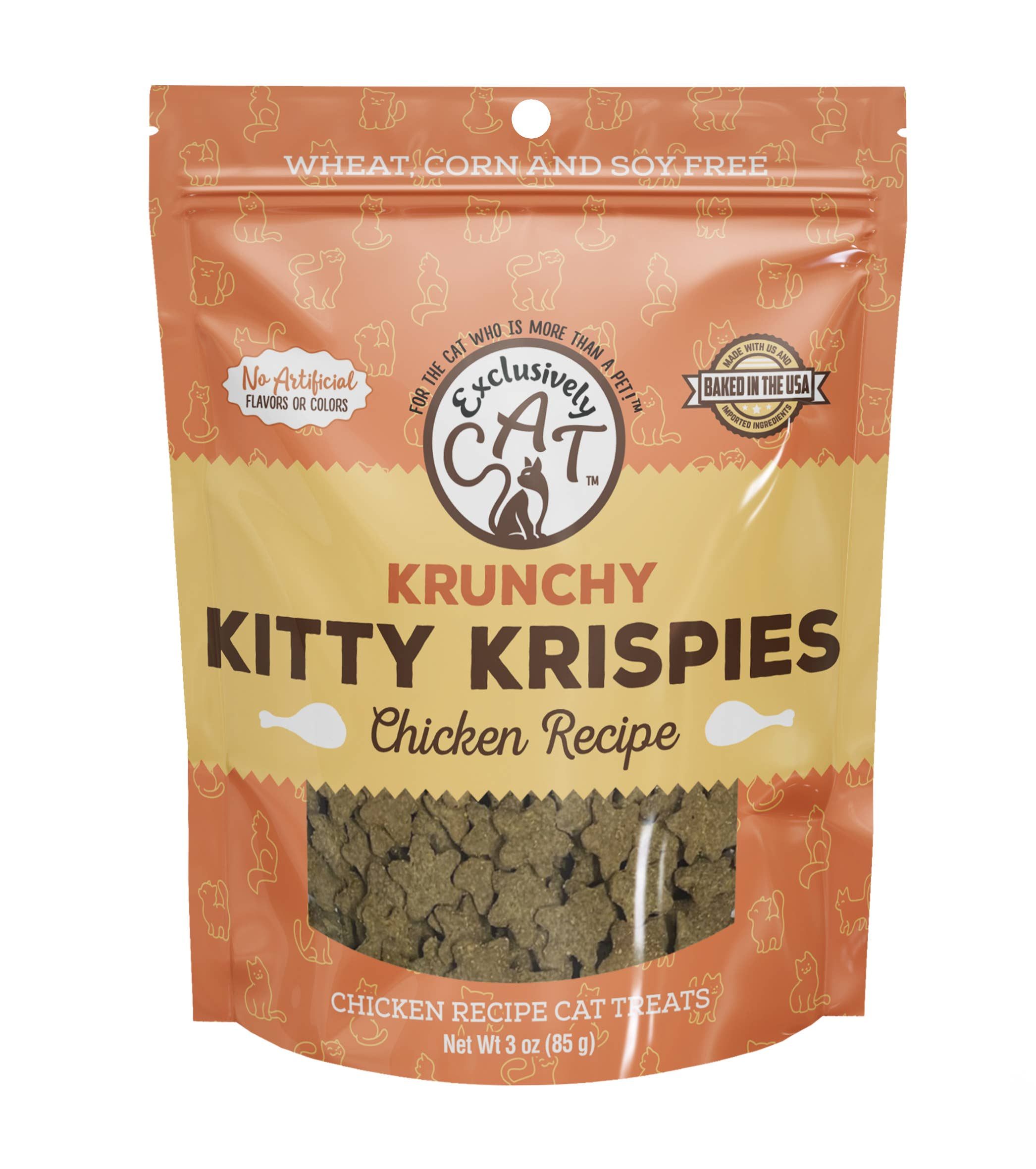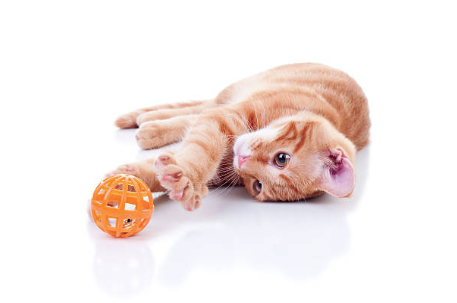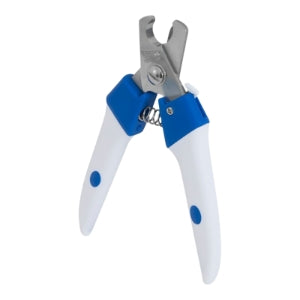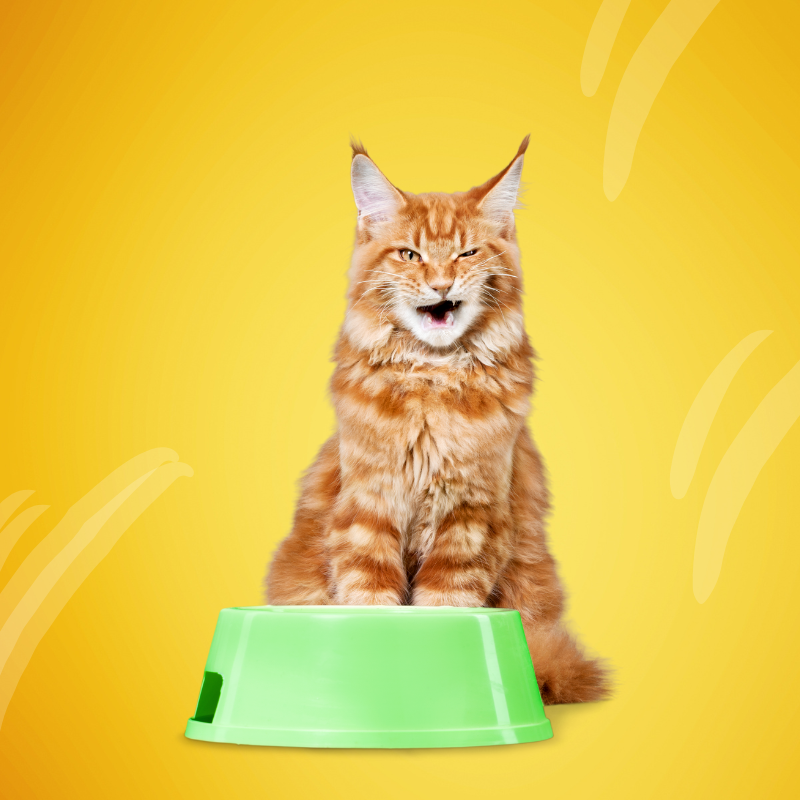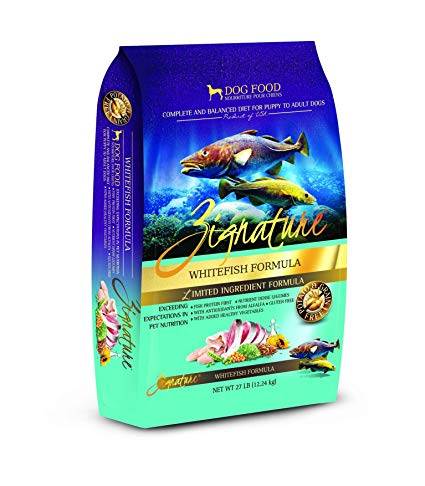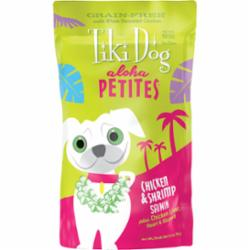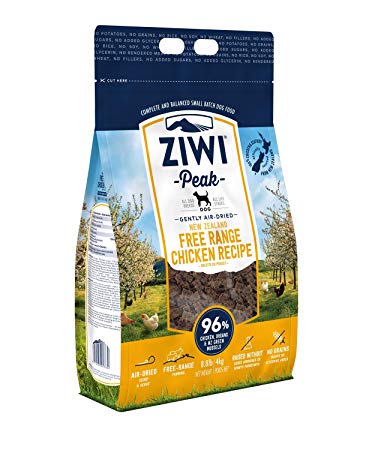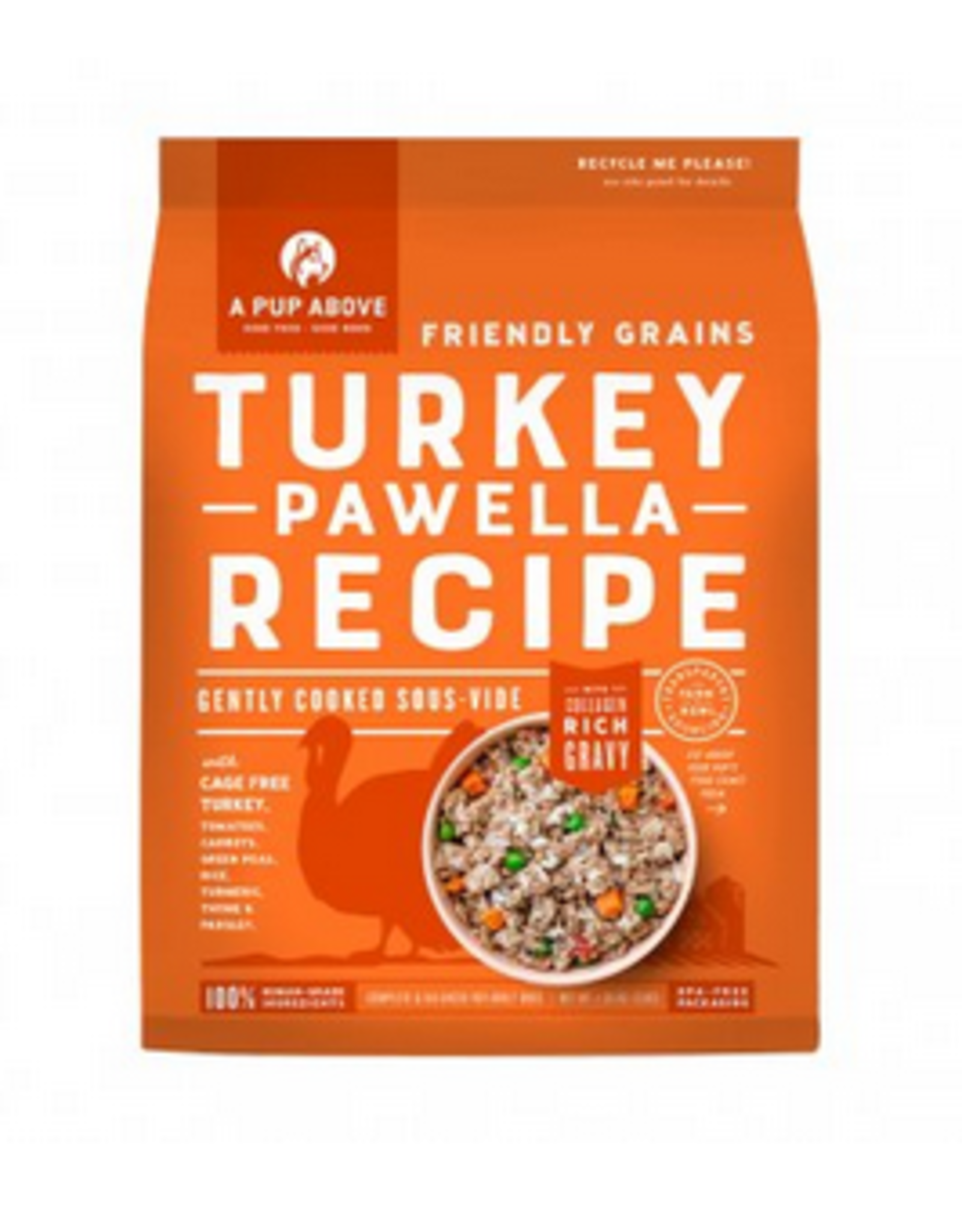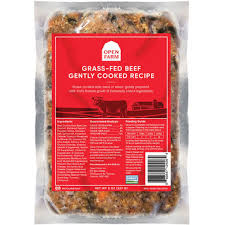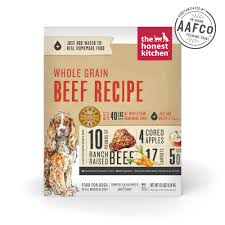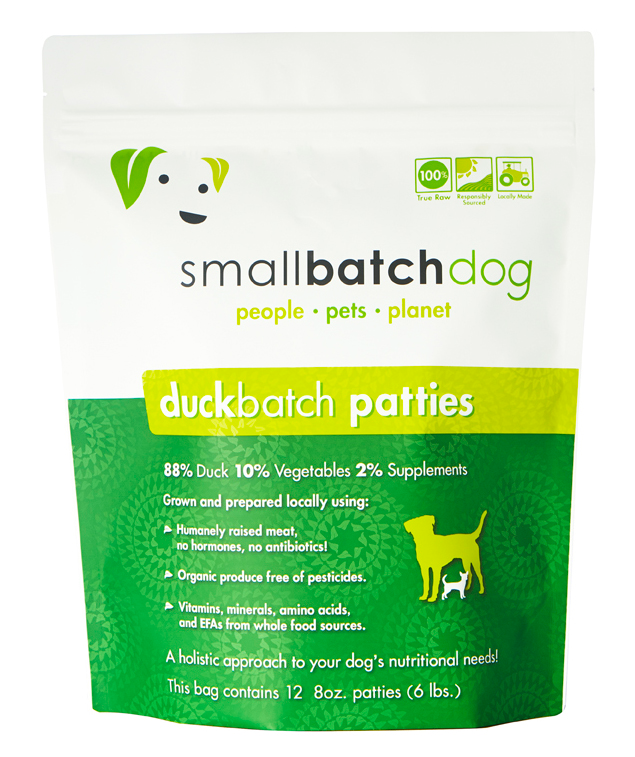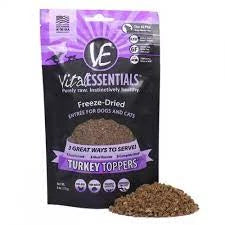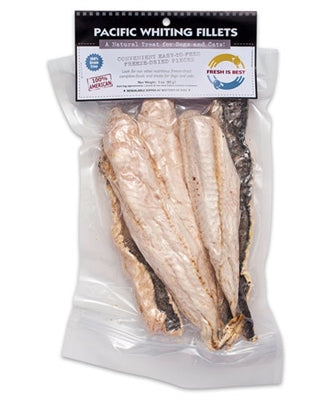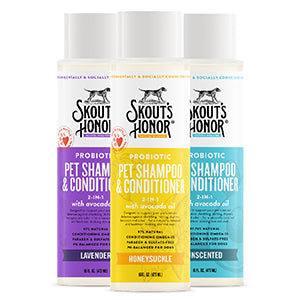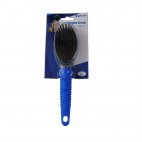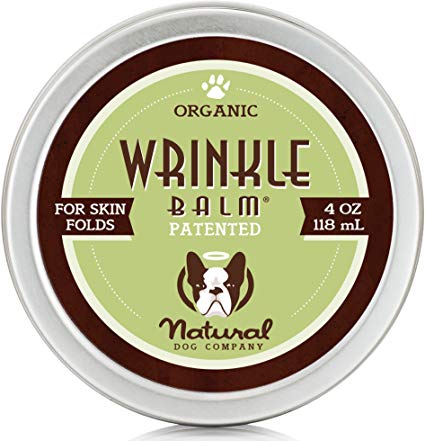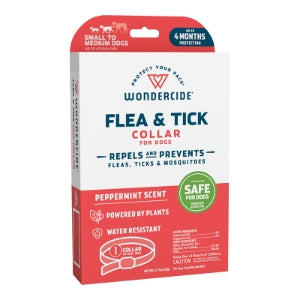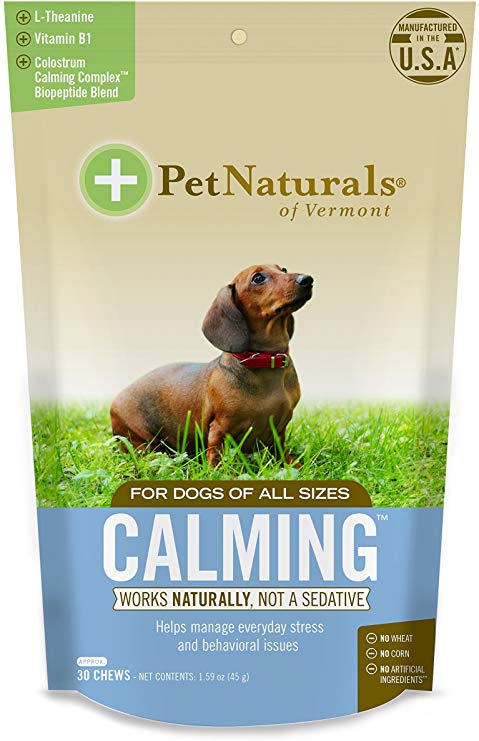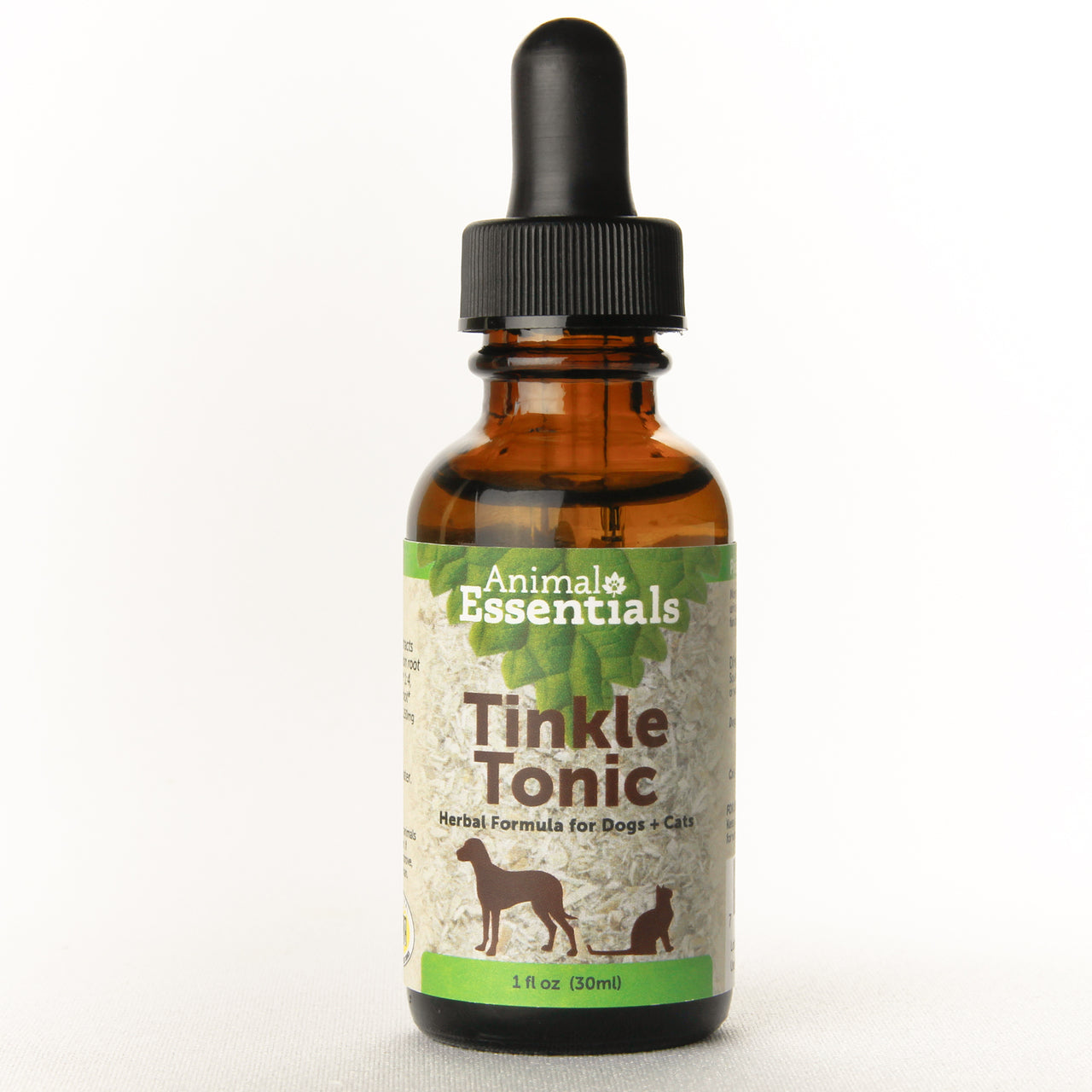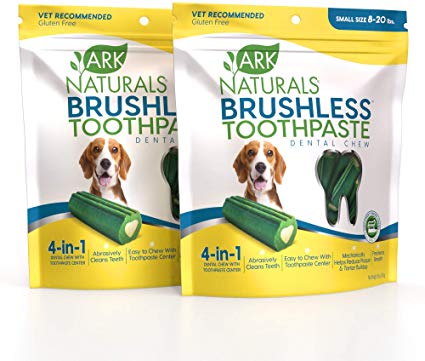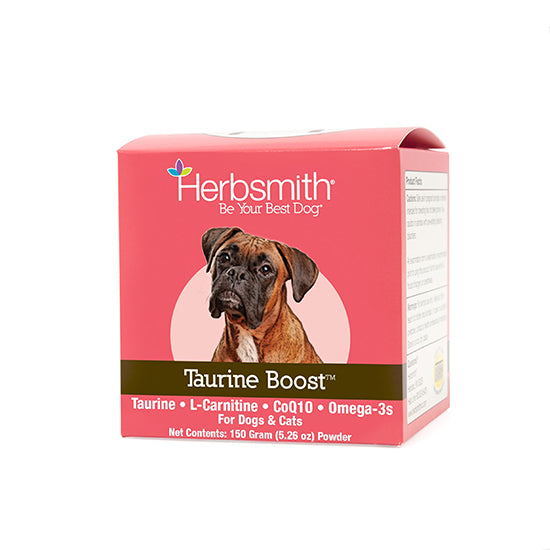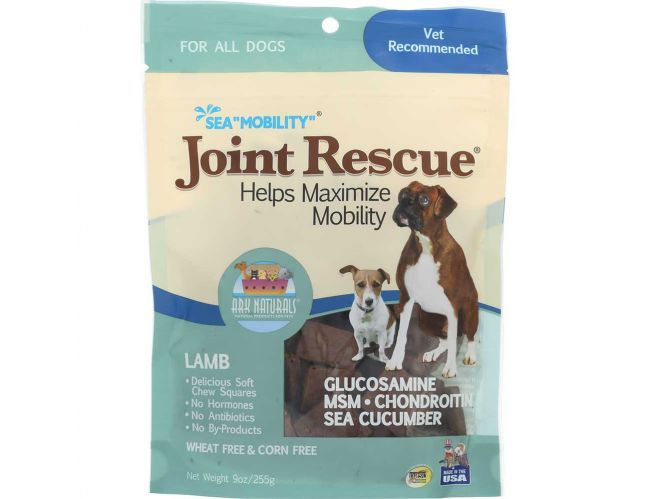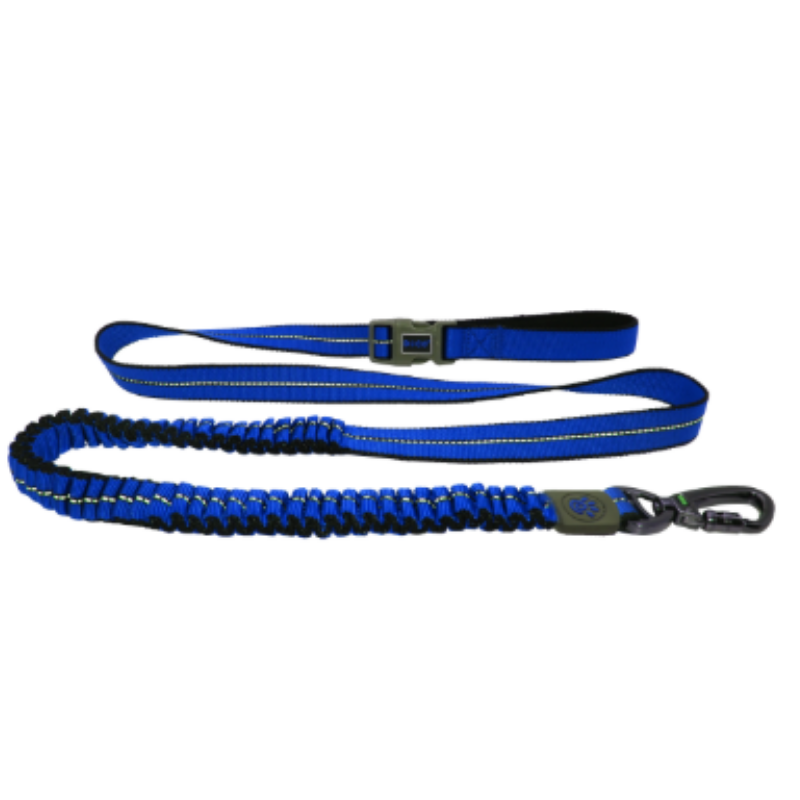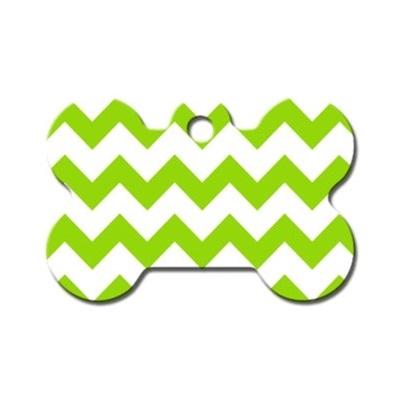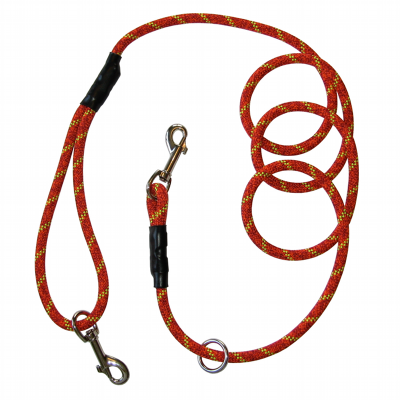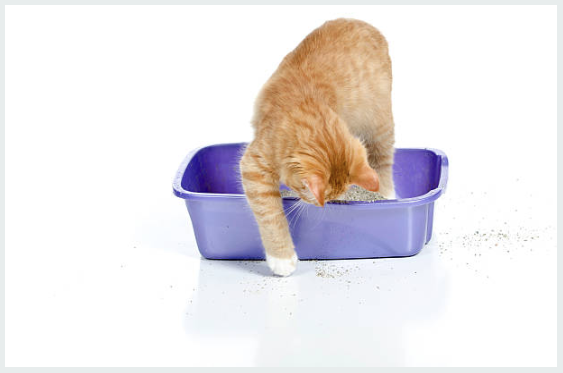As pet owners, we always want our furry friends to be happy and healthy. One way to ensure their well-being is by feeding them a nutritious diet. However, transitioning your pet to a new diet can be a tricky process that requires patience and careful planning. In this guide, we will take you through the steps to successfully transition your pet to a new diet without causing any digestive upset.
Why Transition Your Pet to a New Diet?
Before we delve into the how-to of transitioning your pet's diet, let's understand why it's important. Just like humans, pets may benefit from a change in diet for various reasons. This could include health issues, weight management, or simply introducing a more nutritionally balanced diet.
Consult Your Veterinarian
Prior to making any changes to your pet's diet, it's crucial to consult your veterinarian. They can provide valuable insights into the best type of diet for your pet based on their age, breed, health conditions, and lifestyle. Your vet can also guide you on how to transition your pet gradually.
Gradual Transition is Key
Rushing the transition can lead to digestive issues in your pet, such as vomiting or diarrhea. To avoid this, it's recommended to gradually introduce the new diet over a period of 7 to 10 days. Start by mixing a small amount of the new food with the old food and slowly increase the ratio over time.
Watch for Signs of Discomfort
Throughout the transition period, keep a close eye on your pet for any signs of discomfort. This includes changes in their stool consistency, vomiting, lack of appetite, or excessive gas. If you notice any concerning symptoms, consult your veterinarian immediately.
Stay Consistent
Consistency is key when transitioning your pet to a new diet. Try to maintain a regular feeding schedule and portion sizes to help your pet adjust more easily. Sudden changes in feeding times or amounts can disrupt their digestive system.
Provide Ample Water
During the transition period, ensure that your pet has access to fresh and clean water at all times. Staying hydrated is crucial for your pet's overall health, especially when adjusting to a new diet.
Monitor Your Pet's Response
As you continue the transition process, monitor how your pet responds to the new diet. Look for positive changes such as increased energy levels, shinier coat, and improved digestion. These signs indicate that the new diet is suiting your pet well.
Addressing Challenges
Sometimes, pets may be resistant to change or have specific dietary requirements that make transitioning challenging. In such cases, it's best to seek guidance from a professional pet nutritionist who can offer tailored advice for your pet's unique needs.
Stick to High-Quality Ingredients
When selecting a new diet for your pet, opt for high-quality ingredients that provide essential nutrients for their well-being. Avoid foods that contain fillers, artificial colors, or preservatives, as these may not offer the best nutrition for your pet.
Patience is Key
Transitioning your pet to a new diet is a process that requires patience and understanding. Each pet is unique, and the time it takes to adjust to a new diet may vary. Be patient with your furry friend and provide them with the support they need during this transition.
Enjoy the Benefits
Once your pet has successfully transitioned to their new diet, you can enjoy the benefits of knowing that you are providing them with a nutritious and balanced meal. A healthy diet plays a key role in your pet's overall well-being, from their physical health to their energy levels and coat condition.
In Summary
Transitioning your pet to a new diet is a process that requires careful planning, patience, and consistency. By following the steps outlined in this guide and seeking advice from your veterinarian, you can ensure a smooth transition for your furry companion. Remember, a healthy diet is an essential part of your pet's happiness and longevity. Here's to your pet's health and well-being!


